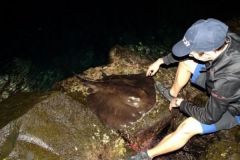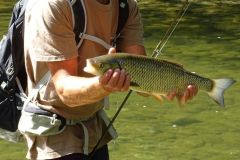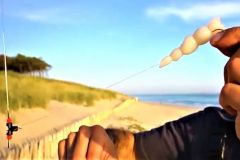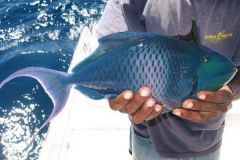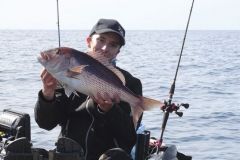Many species of fish
When you start fishing, when you discover the aquatic environment, it is normal not to know and not to identify each species at first sight. If I take the examples of roach and rotengle, chub and vandoise or sea trout and salmon, it is quite normal that an untrained eye can make a mistake in identifying a fish.
There are also other fish that are simply so rare, such as the Rhone apron, which we rarely hear about, and yet they exist!
To this list, we can also add the migratory species, such as shad and lamprey, which are not always in the fished area, although they are passing through and we are therefore likely to find them at the end of our line.
Finally, we must not forget the new arrivals, such as the rock sunfish in the Loire or the aquarium fish released in the wild in various places.
And here I have only touched on the case of what surrounds us, so imagine what this becomes when we go to unfamiliar regions!
Here are as many situations that can lead an angler, beginner or experienced, to ask the same question: what is this fish?
There are several ways to answer this question, such as books or the websites of fishing federations. Another quick and reliable way is simply Google!
How to identify a fish with Google?
Identifying a fish thanks to Google is very simple and fast!
- Go to the page www.google.com
- Click on the image search tool, symbolized by a camera.
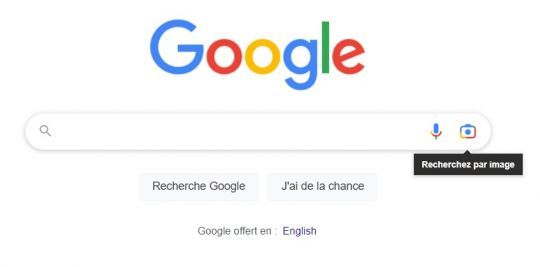
Google allows you to search by photo. - You can download the desired photo from the device you are using, or paste the link to it, if it is hosted on a site.

A search takes only 30 seconds! - Once the photo is selected, the search is done by itself and the results appear on the right. It is possible to frame the original photo to refine the search on a specific point.
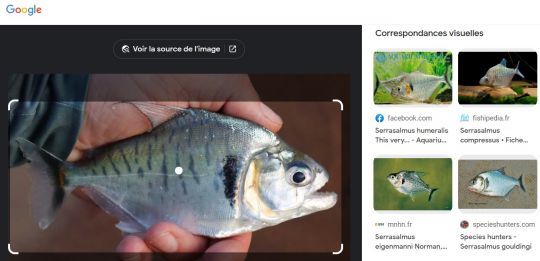
In 3 clicks, I found the name of this piranha!
The result is not necessarily good the first time and it is advisable to check the proposed source, but in general, Google gives a very good track to explore.
In addition, this function can allow a whole bunch of different identifications crossed at the water's edge, such as birds, insects, plants or even a fishing lure whose name is sought.
And that's how simple it is!

 /
/ 



